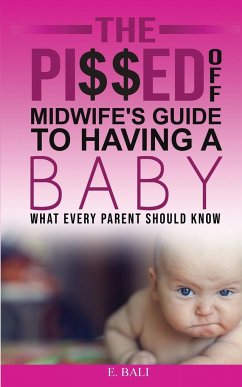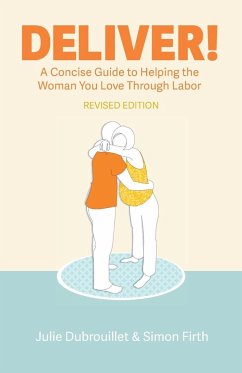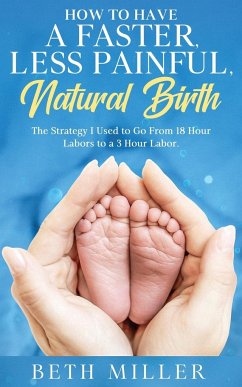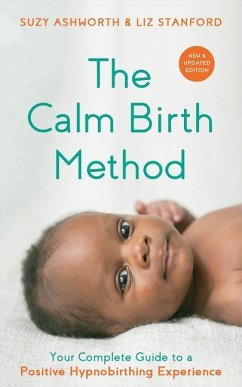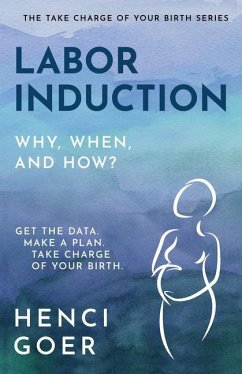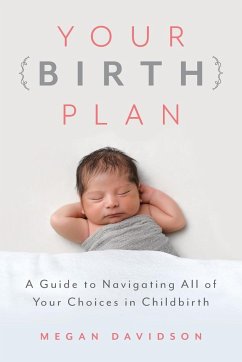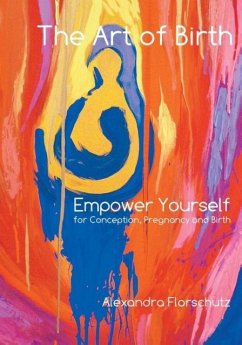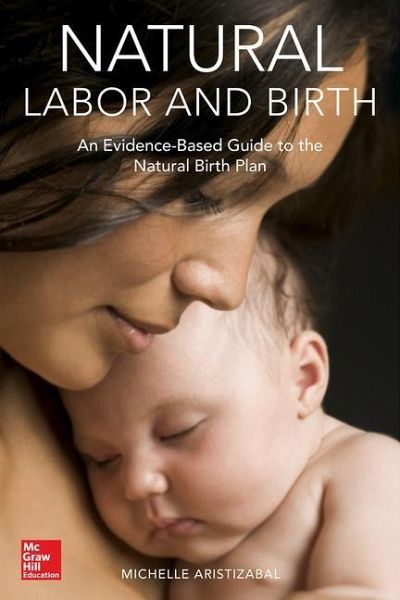
Natural Labor and Birth: An Evidence-Based Guide to the Natural Birth Plan
Versandkostenfrei!
Versandfertig in über 4 Wochen
48,99 €
inkl. MwSt.

PAYBACK Punkte
24 °P sammeln!
Publisher's Note: Products purchased from Third Party sellers are not guaranteed by the publisher for quality, authenticity, or access to any online entitlements included with the product. The first evidence-based book covering natural childbirth practices written by an obstetrician Natural birth plans have emerged as a battle cry of resistance among women who are dissatisfied with today's medically-aggressive model of maternity care and high cesarean section rates. However, natural birth does not need to be a source of controversy or conflict between women and their nurses and doctors. Natura...
Publisher's Note: Products purchased from Third Party sellers are not guaranteed by the publisher for quality, authenticity, or access to any online entitlements included with the product. The first evidence-based book covering natural childbirth practices written by an obstetrician Natural birth plans have emerged as a battle cry of resistance among women who are dissatisfied with today's medically-aggressive model of maternity care and high cesarean section rates. However, natural birth does not need to be a source of controversy or conflict between women and their nurses and doctors. Natural Labor and Birth: An Evidenced-Based Guide to the Natural Birth Plan seeks to broaden the medical community's understanding of the motivations and needs of naturally laboring mothers, while also exploring why natural birth is often so difficult to achieve within our current system and what can be done to change that. It is a complete resource on the topic of natural childbirth, teaching healthcare providers and other birth workers the skills necessary to assist a woman through an unmedicated birth and reviewing the compilation of medical evidence in support of those methods. It demonstrates how natural birth can exist within the framework of traditional antepartum care and hospital deliveries, and offers alternative solutions to common challenges that often disrupt the physiologic birth process. Natural Labor and Birth: An Evidenced-Based Guide to the Natural Birth Plan is also an unbiased resource for pregnant women seeking a more thorough and scientific understanding of unmedicated birth. This guide will help women and their partners make their own birth plans from a truly informed place. It will help women understand the barriers they may face when seeking a natural birth and give them the ability to better communicate their needs and preferences. By creating room for natural birth within our maternity system, this book will help readers build a community of care where all women feel respected, acknowledged, and empowered during their birth experience. More information on the author can be found at http://www.naturallaborandbirth.com/authors-blog




